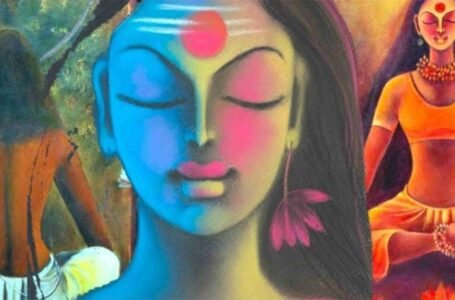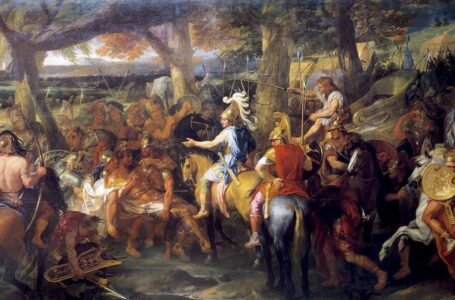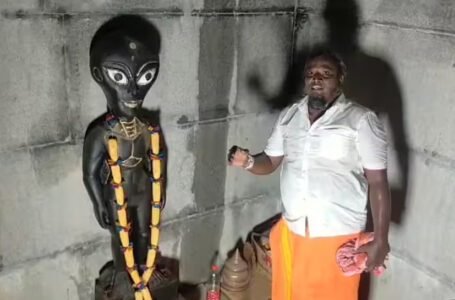Moko: Exploring Maori Tattooing’s Cultural Significance and Ancestral Narratives

Tattooing, a tradition pervasive throughout the world, has a special place in New Zealand’s Maori culture. “Moko,” a distinctive and complex style of tattooing practiced by the Maori, goes beyond simple body modification. Moko is a potent art form that acts as a visual language, tying a person to their ancestry and telling the tales of their family. This sacred ink-on-skin tapestry is a monument to the Maori people’s rich cultural heritage and profound spiritual beliefs.
One complicated and significant tradition that stands out, particularly in the rich fabric of Maori culture is the practice of moko, or the art of tattooing. The Maori people of New Zealand have been using moko for generations to communicate their moving stories and connect with their ancestors. In addition to beautifying the skin, this distinctive tattooing tradition spins a complicated tale that captures the essence of Maori identity and history.

Moko’s origins and symbolism:
Moko has its roots at a time when the Maori people first came to Aotearoa (New Zealand), millennia ago. The word “moko” describes both the tattooing procedure and the finished product. Due to its elaborate designs and significance as a manifestation of identity, culture, and ancestry, moko is different from other types of tattooing. Moko was traditionally applied with chisels made of shark teeth, stone, or bone. These “uhi” chisels were used to etch the skin and introduce pigment, resulting in elaborate patterns with rich symbolism. Each moko was distinctive and represented the owner’s ancestry, social standing, and personal development. Moko’s designs had more profound implications beyond just being beautiful to look at. The location of the moko on the person’s face and body revealed their rank, qualifications, and tribal ties. The “moko kauae,” or moko on the front, was especially significant for women since it frequently represented their responsibilities as community leaders, healers, or wise elders.
The origins of moko can be traced back over a thousand years when the Polynesian ancestors of the Maori brought with them the practice of tattooing from their homeland. Initially, moko was carved into the skin using uhi, a chisel-like instrument, to create intricate patterns and designs. These tattoos were a symbol of status, lineage, and identity, with each design serving as a visual representation of an individual’s genealogy and achievements. As time progressed, the methods and meanings behind moko evolved. The arrival of European settlers in the 18th century introduced metal tools that allowed for finer detailing and precision in tattooing. However, alongside these technical advancements came a decline in the practice due to cultural suppression and shifts in societal norms. It wasn’t until recent decades that moko experienced a revival, thanks in part to a renewed interest in Maori culture and a resurgence of cultural pride.

Moko as an Identity and Lineage Narrative:
Moko serves as a live narrative of a person’s identity and heritage in addition to serving as a beautiful item. The artwork pays tribute to the ancestors who came before it by telling tales of valor, conquering, and tenacity. Every arc, dash, and symbol woven into the moko recounts a story that has been handed down through the years. Moko is a form of visual communication that expresses one’s whakapapa, or ancestry. It links the current to the past, present, and future by acting as an inscribed family tree on the skin. The moko’s designs represent a concrete connection to the ancestor spirits and the knowledge they hold. As a result, moko is more than just a personal preference; it is a responsibility to respect one’s past and a dedication to maintaining the cultural legacy.

Significance in Ritual and Spiritual Life:
The moko art explores the spiritual and ritualistic, moving beyond the physical world. Receiving a moko is a sacred trip that frequently includes rituals, chants, and prayers. The discomfort felt during the tattooing procedure is thought to bind the wearer to their ancestors because it is a physical reflection of the struggles and victories they overcame. Moko also illustrates how everything is connected to everything else. The interconnected lines and swirling patterns represent how interdependent the natural world and humanity are on one another. The interconnectivity that underpins Maori spirituality emphasizes the value of harmony and balance between people and the environment.

Preservation and Restoration:
While the colonial era and its effects caused the practice of moko to decrease, the Maori culture has recently undergone a rebirth. The need to restore cultural identity and pride has fueled efforts to revive and preserve traditional behaviors, like moko. Moko artists of the present day maintain the traditions while also incorporating new methods, ensuring that the art form develops while preserving its profound cultural value. Moko’s comeback represents the reclaiming of cultural sovereignty as much as it does the resurgence of an antiquated art form. It stands for the Maori people’s tenacity and their resolve to preserve and honor their culture in spite of the difficulties they have encountered.

Conclusion:
In conclusion, the Moko, the sacred tattooing practice in Maori culture, goes beyond simple body painting. It is a way of conveying stories, a way to express one’s individuality, and a way to maintain a live link to one’s ancestors. Moko creates a tapestry that conveys the stories of successes and tribulations, of family and lineage, of spirituality and interconnectedness, via its intricate patterns and profound meaning. The art of moko serves as a monument to the continuing strength of tradition and the great depth of human expression as the Maori people continue to embrace and renew their cultural heritage. Moko, the traditional Maori tattooing technique, is a powerful representation of ancestry and legend. The Maori people express their whakapapa, values, and experiences through elaborate drawings carved into their flesh, uniting the past with the present and assuring the continuance of their cultural narrative. Moko is more than just a decorative item; it is a tangible example of the Maori people’s resiliency, pride, and enduring spirit as well as their rich cultural legacy. Moko is a living example of the influence of culture, tradition, and the craft of storytelling as it endures and dev


